13 Free ESL Lesson Plans to Master Your ESL Classes
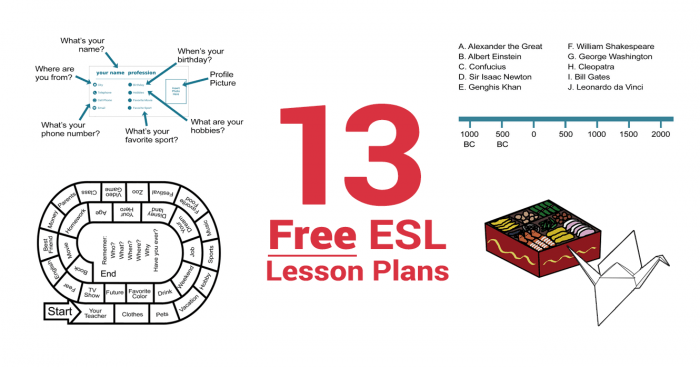
13 Free ESL Lesson Plans to Help Your Students Learn English
We’ve all been there. Standing in the front of your class with nothing. Completely empty-handed.
If you’re teaching English abroad, you’ll need ESL lesson plans to keep your students confident in learning English.
The secret is knowing where, exactly, to find that English teaching playbook. That’s where we have you covered. 🙂 These 13 free ESL lesson plans will help you master your ESL classes.
And if you’d like more free ESL worksheets, don’t forget to check out our other free activities to engage your students in English.
- 43 Free ESL Worksheets for Teaching English
- 13 Free ESL Lesson Plans to Master Your ESL Classes
- 101 ESL Conversation Topics to Break the Silence
The best part? All are free and can be used for any purpose.
The Key to ESL Lesson Plans
Your goal as an ESL teacher is to boost student speaking time while cutting down on your own talking time. But how exactly do you do that?
The key is to keep your students engaged with actionable, fast-paced activities in your ESL lesson plans. Alternatively, if you teach adults, these ESL conversation topics are appropriate.
As students go through the 5 predictable stages of second language acquisition, these ESL lesson plans mix how students can learn English. For example, they include group, mixer, and open classroom ESL activities. While some think it’s a bad habit to ‘repeat after the teacher, this is how your students can focus on their pronunciation. These ESL lesson plans will include these types of drills as well.
They also try to engage the four different types of learners – visual, auditory, reading/writing, and kinesthetic. Mixer style activities help kinesthetic learners do by hand-on experience, while the others are quite self-explanatory.
If you’re going to teach English in Japan (or anywhere!), it’s time to put these powerful strategies into practice.
- ESL Lesson Plan 1. Expectations, Rules, Handouts, Discipline
- ESL Lesson Plan 2. Culture Shocked
- ESL Lesson Plan 3. Making Questions
- ESL Lesson Plan 4. Powerful Pronunciation
- ESL Lesson Plan 5. Rhyme Time
- ESL Lesson Plan 6. Get Emotional
- ESL Lesson Plan 7. Everyday English
- ESL Lesson Plan 8. Get a Job
- ESL Lesson Plan 9. Directions & Travel
- ESL Lesson Plan 10. WH- Questions
- ESL Lesson Plan 11. Celebrity Status
- ESL Lesson Plan 12. Merry Christmas
- ESL Lesson Plan 13. The Big Question
ESL LESSON PLAN 1. Expectations, Rules, Handouts, Discipline
Let’s be honest.
Your first class is not what you’ll expect.
Your students will be shy. They’ll be uncomfortable. And they probably don’t want to be there.
Or who knows? Maybe, they’ll give you a hard time and act up the entire class. Both are real possibilities.
Our advice: You’re wise to keep things simple. Keep a positive atmosphere. And make them feel comfortable using the Rassias method.
It’s your chance to help your students feel relaxed in learning English. Tell your students what you expect from them throughout the year. Establish rules for your class like “mistakes are ok”, “listen and be quiet” and “to ask questions any time”.
1. My Class, My Rules
Your students are listening and attentive. It’s the best time to establish discipline in the classroom. For example, “no sleeping in class” is a good one. Because it’s their first class with you, it’s also not a bad idea to translate this for your students in their native language. They have no excuse for not understanding your rules in the classroom. There’s nothing wrong with starting off simple because your students will thank you for it. As your students progress, you can modify and even add new phrases to your students’ memory.

2. Teacher Talk, Student Talk
As a teacher, you should repeat phrases like “let’s begin”, “do you understand?” and “repeat after me”. Your students can use phrases such as “please say that again”, “I don’t understand” and “please speak more slowly”. This is why you should stick to common phrases in your ESL lessons. In order to do this, you will need to build the teacher talk and student talk dialogue from the opening.
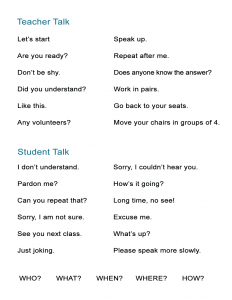
3. Why Learn English?
First, put the students into pairs with one worksheet per group. Without giving too much away, describe some of the benefits of learning English.
For example, if you want to become a pilot, English is the language of communication with the ground at airports around the world. In this case, the benefits of learning English help you become a pilot.
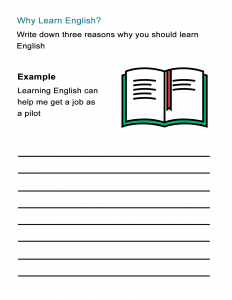
4. Business Cards
How many times have you introduced yourself? In business culture, new contacts often exchange their company information, phone number, or email address. They do this by exchanging a handy business card. Using the business card template, ask your students to fill these out. They can practice introductions by walking around the classroom and greet fellow students.
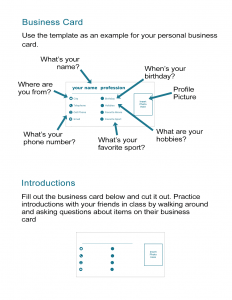
ESL LESSON PLAN 2. Culture Shocked
One of the best parts of teaching English abroad is the cultural exchange. Let’s not forget that culture exchange is two ways. Not only do your students learn about your culture, but you can learn about theirs.
At the start of this ESL lesson plan, exchange business cards and shake hands with students when they enter your class. Maybe, it’s custom to bow in their culture, so this might catch them off guard a bit.
Depending on where you are teaching, your students may not have spoken to a lot of foreigners. Your students are curious about you. And rightfully so.
Do you have any pets? Did you grow up in a house? What are your hobbies? When you include pictures, they will be fascinated by you.
Furthermore, when you open yourself up to them, they are more likely to return the favor. Include quirky things about your life but keep them comfortable in your ESL lesson plans.
4. Cultural Dictionary
The fine line between culture across the globe is thinning because of globalization. However, some key cultural differences still remain. What are they? Culture exchange is two ways. Not only do your students learn about your culture, but you can learn about theirs. Ask students to write down one culturally significant item about their country and put them all together in a dictionary.
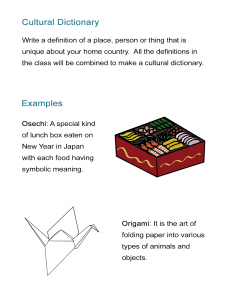
ESL LESSON PLAN 3. Making Questions
It’s said that through repetition, learners can truly develop a skill that is a stored routine.
Learning English is no different.
Greet students at the door and show them something culturally significant. If you’re Australian, bring a didgeridoo. Canadians can bring a hockey stick. Anything!
In these ESL lesson plans, your students will gain the practice they need to ask questions and increase their confidence in learning English.
And asking questions doesn’t stop here. Encourage your students to keep asking questions in all your ESL lesson plans, as others probably have the same question that you have.
3. Reverse Quiz Show
This is my greatest activity because students love competing with each other. Instead of answering questions like in a quiz show, students are making the questions. Similar to Jeopardy, each card has a point value. Put students into groups. If they make a correct question, they get those points. But if they get it wrong or take too long to answer, they get negative points.
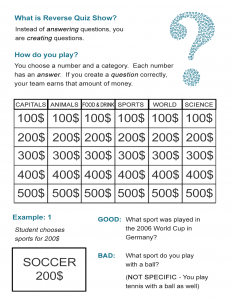
ESL LESSON PLAN 4. Powerful Pronunciation
Your greatest asset as an ESL teacher is your pronunciation. Without a doubt, this is the one skill you can bring to your classroom that your co-workers secretly idolize.
In this lesson, you get surgical on how to pronounce the various sounds of English. And depending on which country you teach in, some of these sounds can be very foreign to them.
For example, when you place your tongue between your teeth to make the /th/ sound, they might need a bit of practice to get this right.
That’s why you practice the sounds of English at an extreme level. In this free ESL lesson plan, we give you interesting ways to challenge and improve your students pronunciation.
ESL LESSON PLAN 5. Rhyme Time
Your students are poets and they don’t even know it. This ESL lesson plan puts pronunciation into action. Students can level up their skills with these fail-proof rhyme activity sheets.
To the average English speaker, rhyme doesn’t sound too complicated. But in reality, it’s a foreign concept for ESL learners.
Although students can be hesitant to speak openly, ask about their culture and if they use rhymes. Ask questions. Do singers rhyme? Are there rhymes in poems?
Overall, rhymes complement pronunciation quite well. We enjoyed putting this ESL lesson plan together and hope you do too.
ESL LESSON PLAN 6. Get Emotional
Students always find it hard to express themselves with emotions. Instead of saying the usual emotions like ‘sad’ and ‘happy’, this lesson truly explores our emotions.
As an English teacher, you will be showing various emotions in the classroom. Using facial expressions and gestures is a means of communication everyone understands no matter where you are from.
Your mood state will often change in the classroom, and your students should learn each feeling you share.
After these ESL lesson plans, your students should now be able to put a word to each emotion.
ESL LESSON PLAN 7. Everyday English
If your students are interested in pop culture, they’re going to hear a lot of slang and casual English. Further to this, ESL textbooks often teach only basic English.
For these reasons, you can teach them some casual English terms to help them go beyond the basics.
Take things a step further:
Manga is extremely popular in a lot of Asian cultures. In the last activity, students fill in these bubbles creating their own story. The students can get quite creative following these ESL lesson plans.
1. Detective Clues
In groups of four, students will walk around the ESL classroom searching for clues. While one student is the secretary, the other three are detectives. The detectives memorize each clue in English. They return to the secretary who writes down the clue, of course in English as well. Finally, once all the clues are found, the student detectives solve the puzzle.
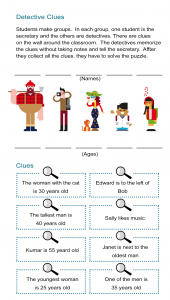
ESL LESSON PLAN 8. Get a Job
It’s not easy picking a career. Honestly, some people never find their career path. But when you find something you love doing, it’s almost as if you’re not working at all.
This ESL lesson plan explores your students career interests. What job do they want to do after they graduate?
Talk about potential career paths.
Taking it to the next level is actually preparing for a job interview and landing that job. These ESL lesson plans should get your students thinking.
ESL LESSON PLAN 9. Directions & Travel
As English becomes the universal language of communication, traveling becomes much easier when you speak English.
And if there’s one skill you oughta learn before you travel abroad, it has to be asking directions.
How many times have you needed directions to get somewhere?
These activities are meant to broaden students’ minds when they start traveling abroad.
4. Dice Questions
Each number on the small dice corresponds to a type of question – who, what, when, where, why, and have you ever. The big dice are worth a point value. Students roll the dice. When the student asks a successful question, they earn that value of points. Keep track of points in hopes this gets them talking.
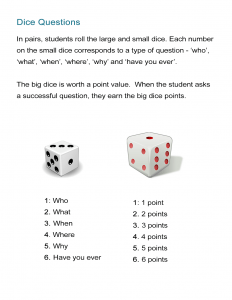
ESL LESSON PLAN 10. WH- Questions
We continue to master the art of asking questions. These enjoyable activities lighten the mood of practicing all these types of questions.
Throughout these ESL lesson plans, encourage your students to keep asking questions, as others probably have the same question that you have.
Harness the power of asking questions.
This recurring theme will pay off big in the future.
ESL LESSON PLAN 11. Celebrity Status
How awesome would it be to be a celebrity for a day? Well, now students can get celebrity status with these ESL activities.
Shine the spotlight on them with a celebrity-style interview.
The challenging ‘No Subtitles’ activity has your students lip-sync with a film of your choice. Just say anything! Creativity is important.
By far, this is the most challenging of all ESL lesson plans so far.
1. Famous Foreheads
In this ESL game, all players sit in a circle. Give each student a post-it note and a pencil. Each player writes down the name of a famous person and passes the note face-down to the player on the left. Each player sticks the note on his/her forehead and everyone takes turns asking “Yes” or “No” questions to find out who they are. The first player to guess the name on his/her forehead is the winner.

4. Group Charades
Charades work for outgoing classes. But for introvert classes, it can be an epic failure. However, in groups suddenly introverts become extroverts… and they’re much more likely to be more relaxed. Rather than one person acting out, the entire group acts it out, and one person guesses.

ESL LESSON PLAN 12. Merry Christmas
It’s time to expose students to Christmas, a time of joy, curiosity, anticipation, love, and trust.
To get your students in the spirit of Christmas, let them decide what they would buy for you…
Most importantly, why would they pick that Christmas present?
This wide range of activities boosts vocabulary, practices spelling, and exchanges culture.
ESL LESSON PLAN 13. The Big Question
It’s the Hail Mary to spark conversation in class.
In order to sharpen their English skills further, students put their thinking caps on and truly converse in English.
The centerpiece in this ESL lesson is ‘101 conversation topics’. There are enough challenging questions in here to keep them speaking for days.
Practice makes perfect.
Now, it’s your turn
Are you new to teaching English abroad? Or are you thinking about going to teach English in Korea or China?
Are you in need of ESL lesson plans to succeed as an ESL teacher?
These ESL lesson plans will transform your repertoire into a teaching empire.
Any questions? Let me know with a comment below.

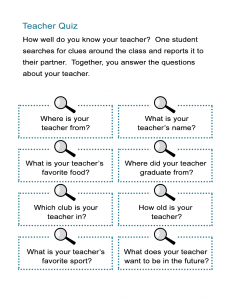
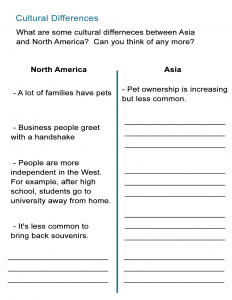
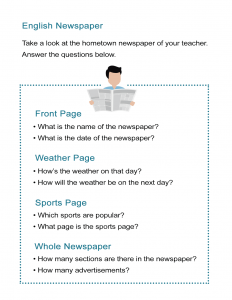
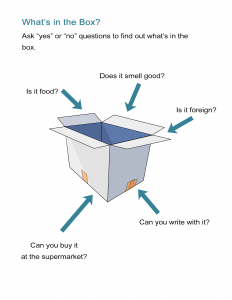


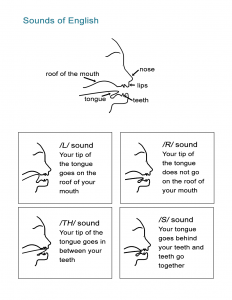
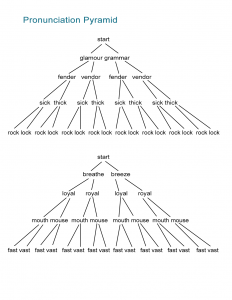
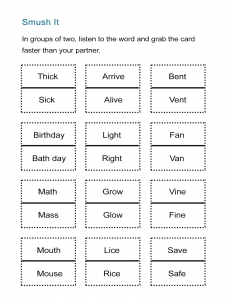
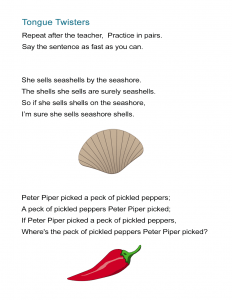

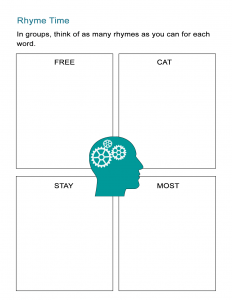
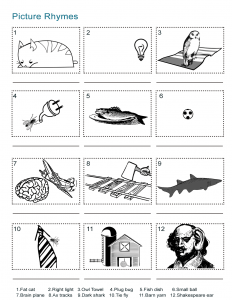

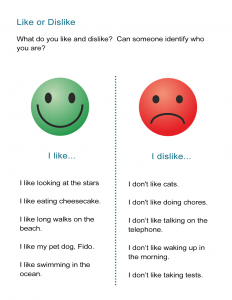

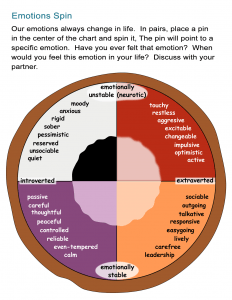

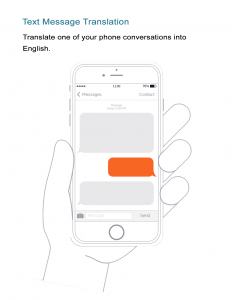


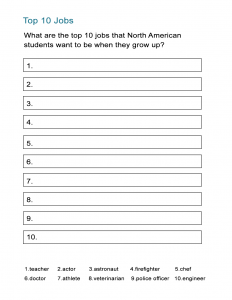

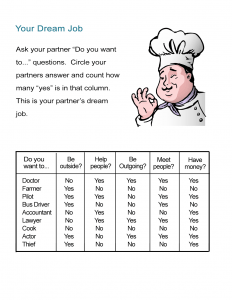
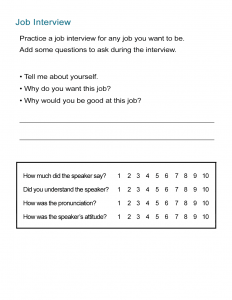
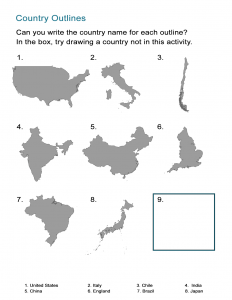
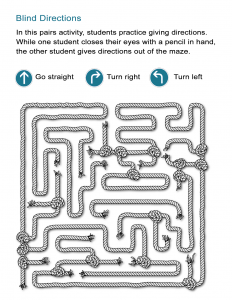
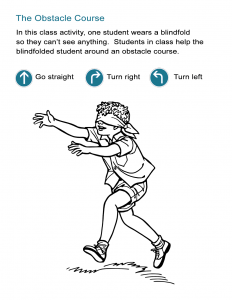
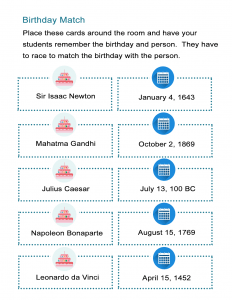



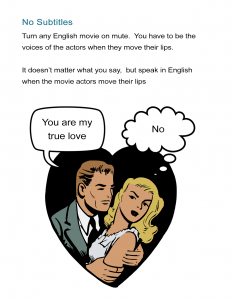

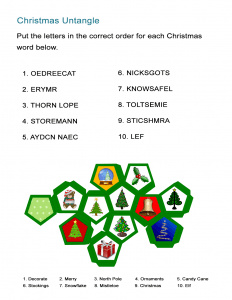
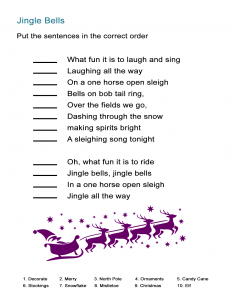
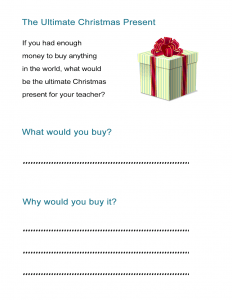
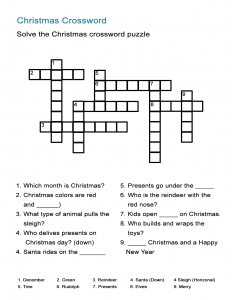
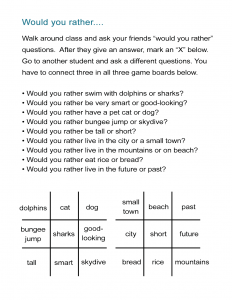
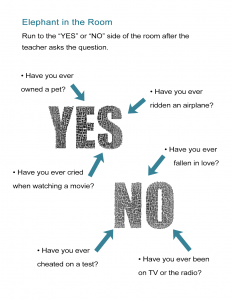

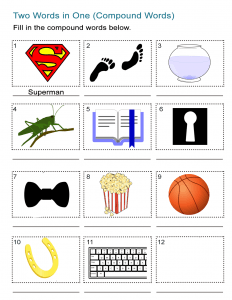
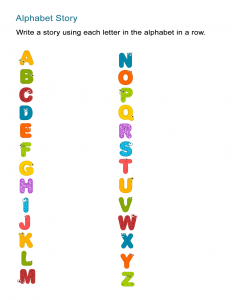
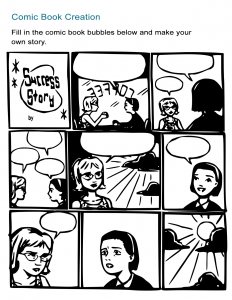

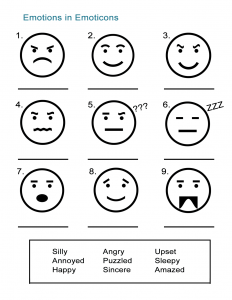

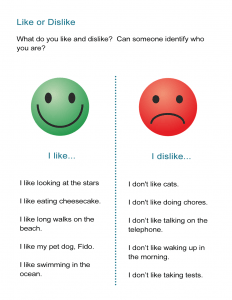
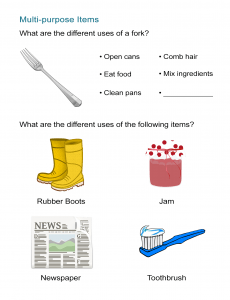
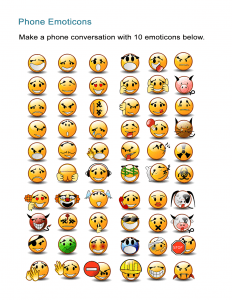
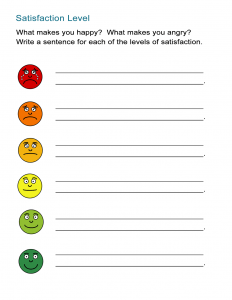

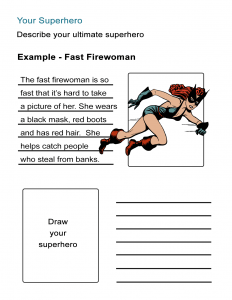

I have 2 children here in China. I want them to keep busy, so I thought that English is important for them to travel. I am hoping that this course can be fun and easy so that the can enjoy learning and not be like a must.
Thank you so much for this… it will help me make my lessons so much more interesting!
Hello to whom it may concern,
My name is Négot Séraphin from Haiti. Today I was very delighted to surf on your website. In fact as an ESL teacher I am super blown away by all the resources found on here. As a result, I can now say I am going to master and practice all what I’ve learned today so that I can better assit my ESL student.